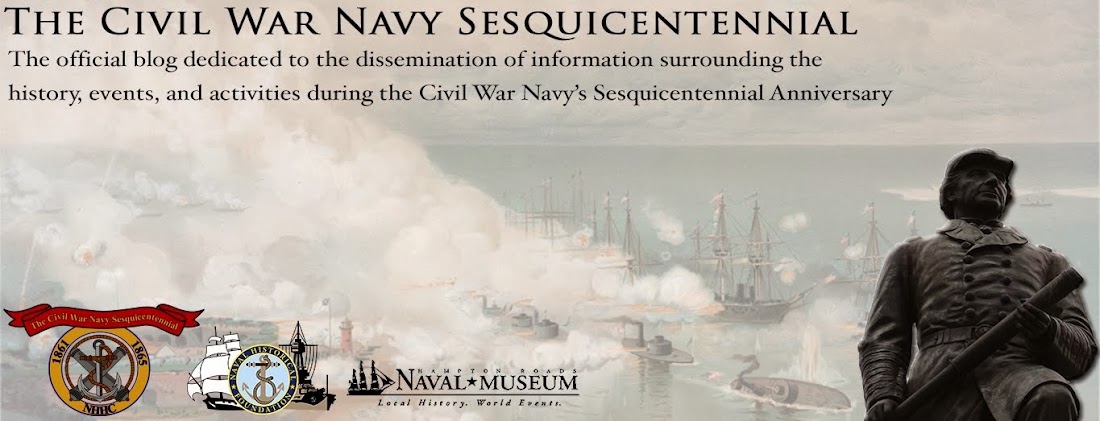Flag Officer Foote was against the idea of running past the batteries at Island No. 10, as his gunboats from the flotilla were still wounded from the repulse at Fort Donelson earlier in the year. Foote himself already revered service on the Western rivers as "anomalous," as he never fully felt comfortable with the Navy under the direction of the War Department (this did not change until later in the year - at the time, all Western theater operations were under the orders of Henry Halleck). Despite his apprehension, the gunboats sailed downriver from Cairo in the middle of March to make preparations for their attack at New Madrid and Island No. 10, complete with additional mortar rafts for a siege.
Foote and Pope could not agree on a successfully strategy for the siege. Foote, always calculated and methodical, laid up the fleet in the river bend just above Island No. 10. Pope requested that the separated forces join together by running past the batteries at Island No. 10. Foote, still dealing with the injuries inflicted at Fort Donelson, declared the idea foolish. He did not feel his gunboats were capable of running the myriad batteries along the low bend in the river. Thus, the next few weeks saw bombardment, not movement of the fleet downriver. The mortars were less than satisfactory, however. Something else had to be done to defy the batteries at Island. No. 10. Union forces created a canal in haste to allow transports and supplies to flow downriver out of sight from the guns. It was not deep enough for the gunboats to move past. Pope demanded gunboat projection, which was communicated to Foote from General Halleck. Foote would have to go against his own judgement and run past the batteries.
Commander Henry Walke volunteered his ship, the Carondelet, to run past the batteries. Walke retrofitted the ship with anything available to help it stay together, including rope and chain. He also went to great lengths to dampen the sound of the ship itself, diverting exhaust steam from the smokestacks to make it as silent as possible. The ship was made dark enough to blend in the water as it sought the opportunity of pitch black night to aid its escape from the batteries.
On the unusually dark night of April 4, 1862, Walke found that chance to act. Moving downriver, everything seemed to be going smoothly until it was spotted near the second battery. A fire ignited from the buildup of the diverted smokestacks, giving away her position. Thankfully, the fire from shore was highly inaccurate and the ship was able to escape without major damage.
The Carondelet, accompanied by the Pittsburg two days later, spent the next few days firing at Confederate shore batteries below New Madrid. They also took the opportunity to spike the guns on the rebel shore batteries at Watson's Landing. This allowed Pope's Army of the Mississippi to move up the rear of Confederate forces, cutting them off completely from outside contact. It was only a matter of time before the surpised troops surrendered.
U.S. GUNBOAT CARONDELET,
April 7, 1862.Maj. Gen. JOHN POPE, Commanding U. S. Forces, New Madrid.SIR: Agreeably to your instructions of the 6th instant, I proceeded down the Mississippi about 6.30 this morning. Attacked, silenced, and spiked all the guns of the rebel batteries opposite your batteries. The lower one made a desperate resistance. It consisted of two 64-pounder howitzers and one 32-pounder gun. Two were dismounted and the other disabled by our shots. I then took and spiked temporarily a 64-pounder howitzer about half a mile above, and a quarter of a mile above that found a 64-pounder spiked. I took on board a man who reported himself to me as a spy, whom I send to you. The rebels had set fire to a house on the shore.
Very respectfully, your obedient servant,H. WALKE,Commander, U. S. Navy.




No comments:
Post a Comment